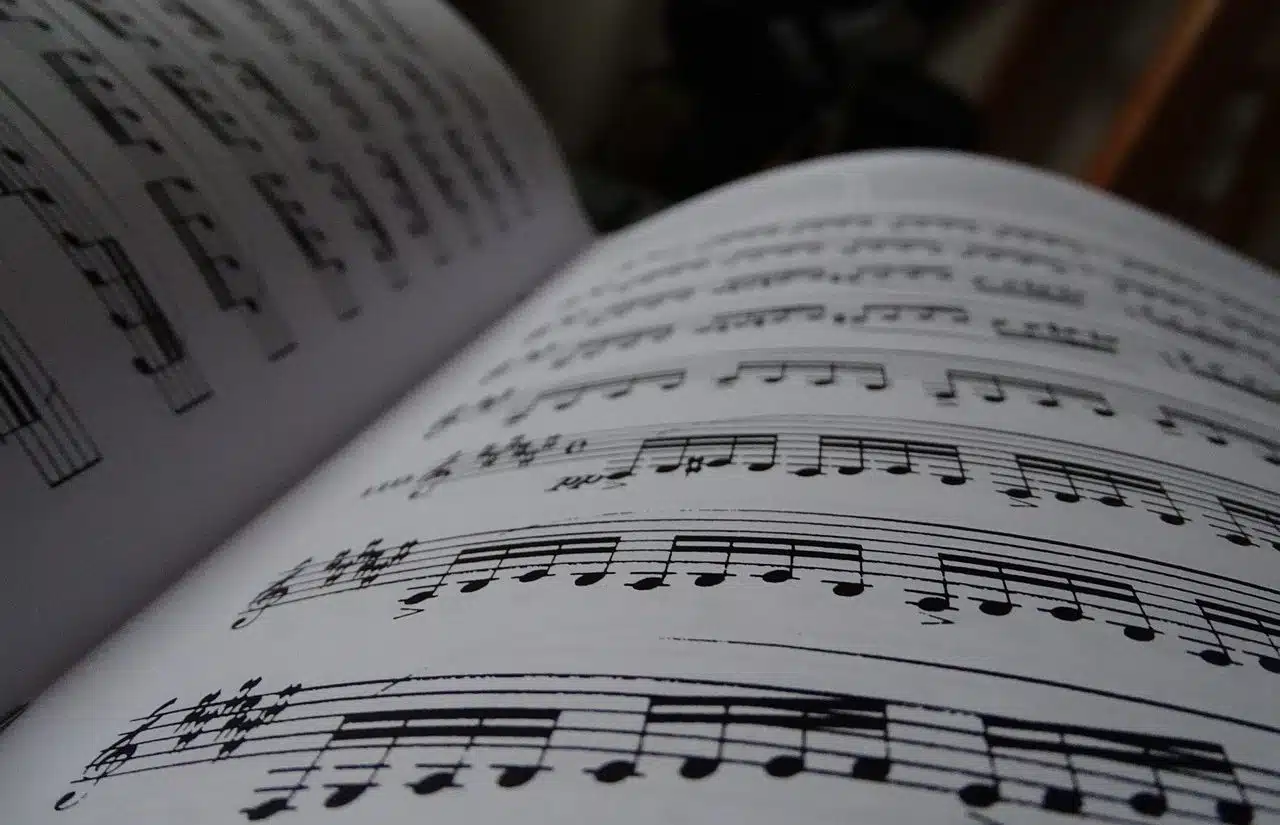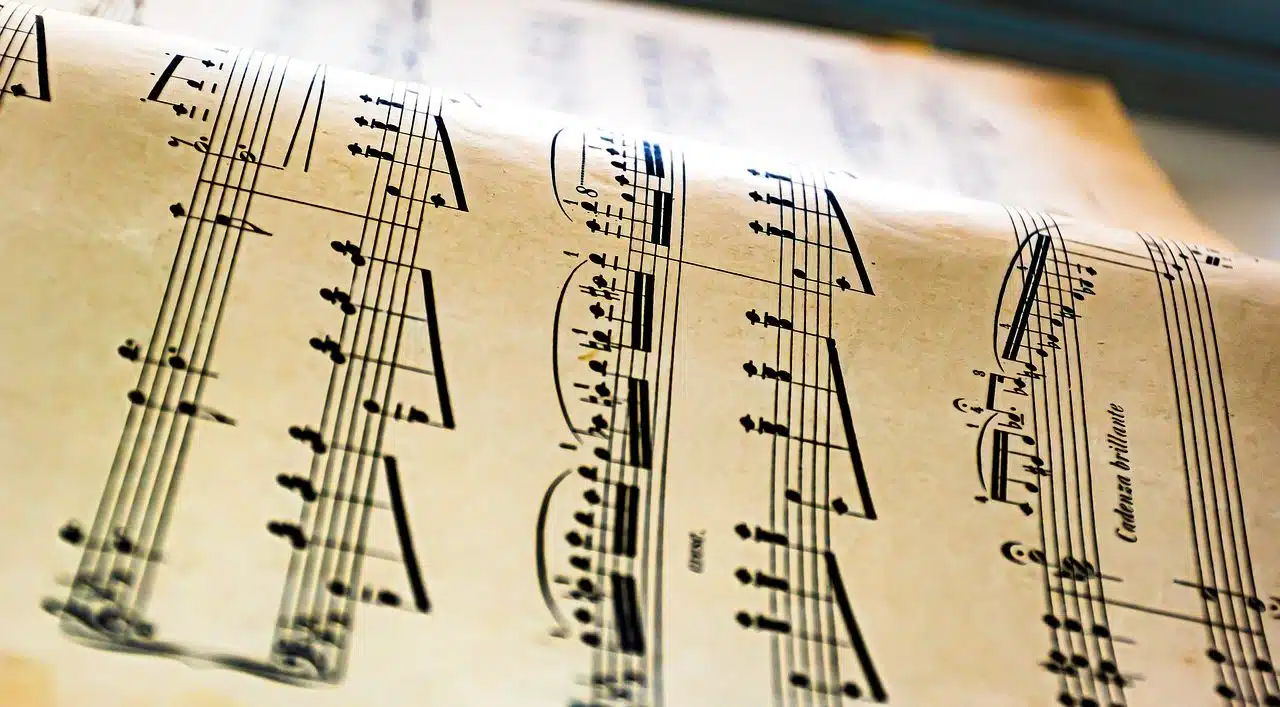
Solfeggio is a training method that allows you to learn intonation while reading sheet music.
Solfeggio is the process and result of solfeggio . This verb , for its part, refers to singing a song by pronouncing the notes and marking the beat .
Solfeggio, therefore, is a form of training that is developed with the aim of learning intonation while reading a score . In this way, not only intonation is practiced, but also the skill to read music quickly is acquired.
Usefulness of solfeggio
Through solfeggio, the person intones and recites the names of each note of a melody, taking into account the tempo and rhythmic values (that is, the duration of the note). Simultaneously, the subject must beat time with one hand.
Specialists affirm that music theory helps to understand musical theory , to perfect the recognition of the intervals of music , to determine the pitch of each note while reading them for the first time and to respect rhythm and dynamics, all fundamental points for a correct execution.
Although the practice of music theory is usually tedious at first, since it can be very challenging without offering the pleasure of singing our favorite melodies , mastering it is essential for the training of any musician , both for singers and for the rest of the musicians. instrumentalists. Music has its own language, and it is necessary to learn it to communicate with other musicians and take advantage of our potential.

Solfeggio can be applied in different ways.
Different application modes
It is possible to distinguish between two different modes of application of solfeggio. Relative solfeggio (also called mobile C ) implies that note denominations are assigned to different pitches according to the context. In absolute solfeggio (or fixed C ), on the other hand, the notes have names that correspond to the same pitch .
In other words, reading a melody applying the technique of relative solfeggio avoids the need to sing the true pitch of each note , something that allows people of any chord (contralto, mezzo-soprano, soprano , bass, baritone or tenor) to perform the music without discomfort due to lack of range. To cite an example, the tenor's voice usually has an extension of two octaves that goes from one C to another; If a music theory exercise required an extension of two octaves but four tones lower, it would be very uncomfortable for you, since you would be forced to go beyond your limits and this could cause irreparable damage in the long term.
In absolute music theory, on the other hand, each note must be sung as indicated by the official tuning of the time and region: for each person who takes a given exercise, the notes will be at the same pitch, so the melodies They will sound exactly the same. One of the disadvantages of this method, beyond the potential discomfort related to each singer's string, is that it requires a reference sound to establish the tuning .
People with absolute pitch , that is, those with the ability and training necessary to recognize and intonate the sound of each note without the need for an external reference, can undertake absolute music theory without any problem, as long as the notes are within their range. vocal; Those who only have relative hearing, on the other hand, always need a tuning fork or some well-tuned instrument to locate themselves within the indicated tonality.
Solfeggio beyond music
Beyond the field of music, the notion of music theory can be used as a synonym for spanking, beating, punishment or beating .
For example: "When I was a child, my mother gave me a solfeggio for disrespecting my grandfather" , "After the solfeggio at the soccer game, I was in bed for two days."
